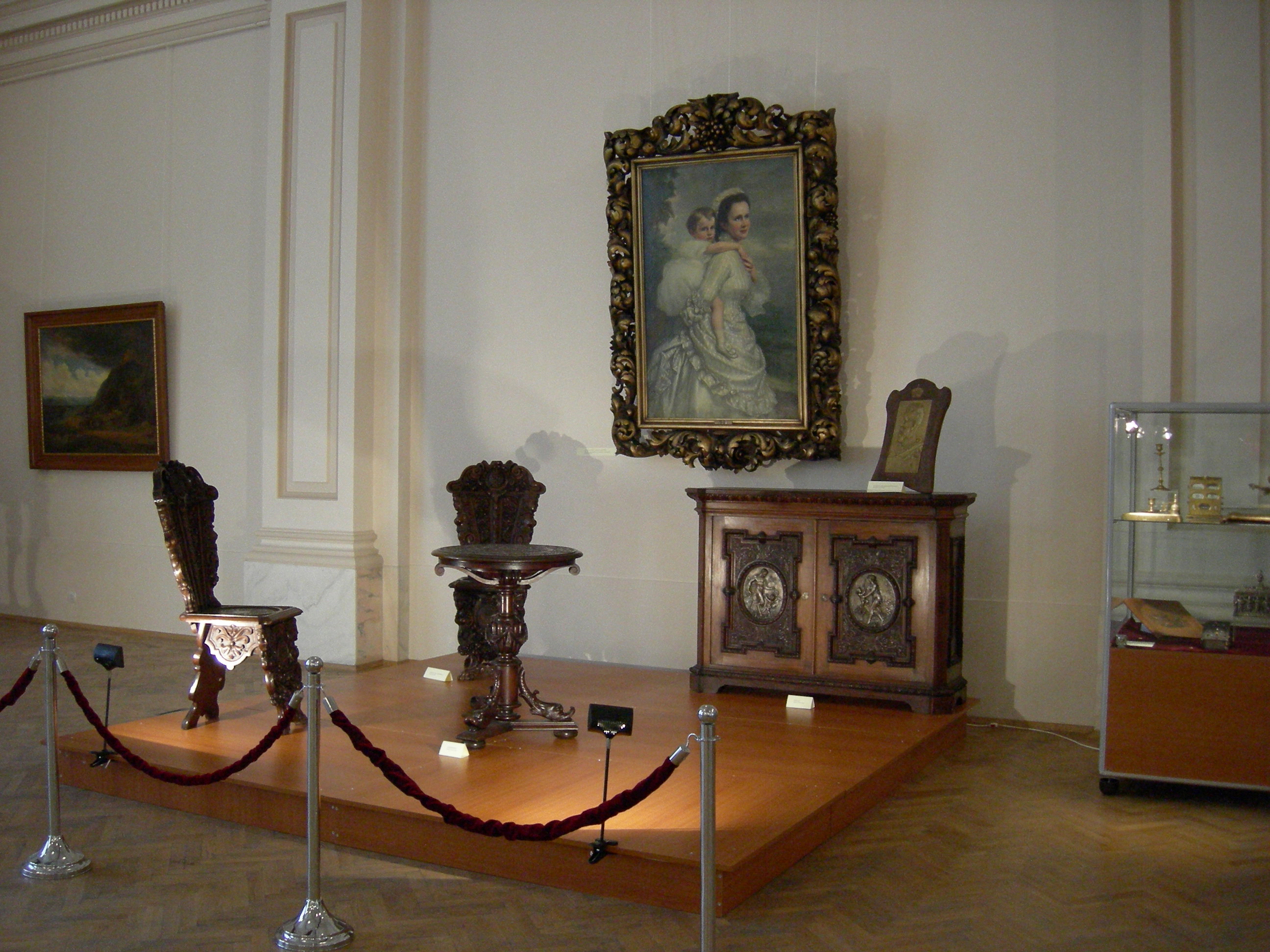By Andrew Walker
One of the most striking things about the Royal Ontario Museum -- and I believe I've mentioned this before -- is its size. It doesn't look all that big from the outside, but on the inside it is a vast place in which many are constantly lost, either in thought or literally. People start in Egypt, make a wrong turn, and find themselves passing through the Middle East only to enter the vast world of the many Indigenous tribes to Africa, the Americas, and the Asia-Pacific. Frantic, they rush into Renaissance Europe, backtrack into Medieval Europe, and then stumble their way through Greece, Rome, Nubia, and finally... back into Egypt.
That was all one floor, and I skipped at least four galleries. You can see how it's easy to become lost, metaphorically or otherwise, within the halls of the Royal Ontario Museum. There's a lot to be attracted by, making it hard to truly focus on one particular interest or passion. And so, recently, I've been trying to avoid being spread too thin, and focus on the smaller intricacies that really make the stories behind the ROM fascinating. Instead of being a "History" person day-to-day, I want to try being an "Egyptian history" person one day and a "Roman times" history fellow the next.
One of the most interesting stories in the Egyptian exhibit is the legacy of Queen Hatshepsut, one of few known female Pharaohs. After her death, her image was defaced, and it is speculated that either her son or grandson is to blame. If it was her son, it was likely out of anger that she became Pharaoh instead of giving him the kingdom when he was of age. If it was her grandson, it was likely to de-legitimize his rivals for the throne. Either way, it makes for a terrific story!
So far it's actually made the internship a lot more enjoyable. Trying to take in the entire museum once per week was getting exhausting -- and bordering on boring! Talking about the "great strides the Ancient Egyptians have made" is way less interesting to me than discovering what it was like to be a scribe for a wealthy landowner, or to be a soldier in Byzantine Constantinople. This is what's truly interesting! And it means that of the thousands of stories being told at the ROM, I can participate thoroughly, even if in just a small number of them, and that's something to really smile about.

When I enter a gallery like this, I want to know straightaway who is in that painting and why.
It's the small things that keep me happy with history, and the same seems to be true of a history internship. Even as my life at the ROM consists of what can be best described as "more of the same," the trick is in keeping that "same" as varied as possible... which in a museum like this one, is actually very easy to do.
